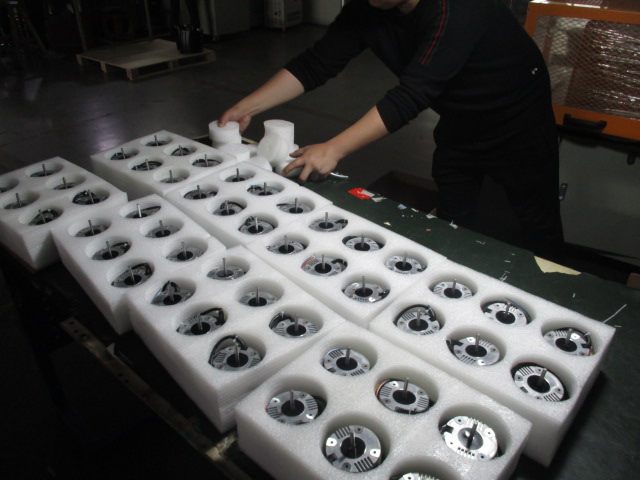
Quality inspection is a critical stage in manufacturing, ensuring that products meet specified standards and requirements before reaching the consumer. Accurate dimensional and weight measurements are central to this process, serving as a basis for evaluating product conformity, functionality, and overall quality. This article outlines how these measurements can be effectively executed within quality inspection processes, emphasizing the importance of precision, the selection of appropriate tools, and the adoption of best practices.
Contents
Understanding the Importance
Dimensional and weight measurements are fundamental for several reasons. Dimensional accuracy ensures that parts fit together correctly, leading to products that function as intended. Weight accuracy, on the other hand, can affect the product’s performance, shipping costs, and compliance with regulatory standards. Both types of measurements directly impact customer satisfaction and product safety.
Preparing for Measurement
- Selection of Measurement Tools: The first step is selecting the right tools for the task. For dimensional measurements, options range from vernier calipers and micrometers for manual measurements to sophisticated 3D scanning technologies for complex geometries. Weight measurements typically use precision scales, which vary in capacity and accuracy depending on the product being measured.
- Calibration of Tools: Before any measurement process begins, it’s crucial to ensure all measurement tools are properly calibrated. This calibration should be performed regularly and documented according to the standards set by international accreditation bodies like ISO.
- Environmental Considerations: Environmental conditions such as temperature, humidity, and vibration can affect measurement accuracy. It’s essential to control these factors as much as possible during the measurement process.
Measurement Techniques
Dimensional Measurement:
- Direct Measurement: Involves using tools to measure the dimensions directly from the product. This method is straightforward but requires precision and attention to detail.
- Comparative Measurement: Compares the dimensions of a product against a master part or a set of known standards. This method is useful for ensuring consistency across batches.
- Non-contact Measurement: Utilizes technologies like laser scanners and coordinate measuring machines (CMMs) to measure parts without physical contact. This approach is ideal for delicate or complex geometries.
Weight Measurement:
- Static Weighing: The most common method, where the product is placed on a scale, and its weight is recorded. Precision is key, and the scale must be zeroed out before each measurement.
- Dynamic Weighing: For products on a production line, dynamic weighing systems can measure weight as the product moves. This method requires advanced calibration and setup.
Best Practices
- Standard Operating Procedures (SOPs): Developing and following SOPs ensures consistency and accuracy in the measurement process. SOPs should detail every step, from calibration to the actual measurement and recording of data.
- Training: Operators should be thoroughly trained not only in using the measurement tools but also in understanding the importance of their tasks. Continuous training updates as tools and methods evolve are also crucial.
- Data Recording and Analysis: Accurately recording and analyzing data is vital for making informed decisions about product quality. This data can also be used for trend analysis, helping to identify potential issues before they become significant problems.
- Regular Audits: Regular audits of the measurement process help ensure compliance with internal and external standards. These audits can also identify opportunities for process improvement.
Conclusion
Executing dimensional and weight measurements accurately is essential for maintaining high quality in manufacturing. By carefully selecting measurement tools, preparing adequately, and following best practices, quality inspectors can ensure that products meet all specified requirements. This meticulous approach to quality inspection not only safeguards the integrity of the manufacturing process but also enhances customer satisfaction and trust in the product.




